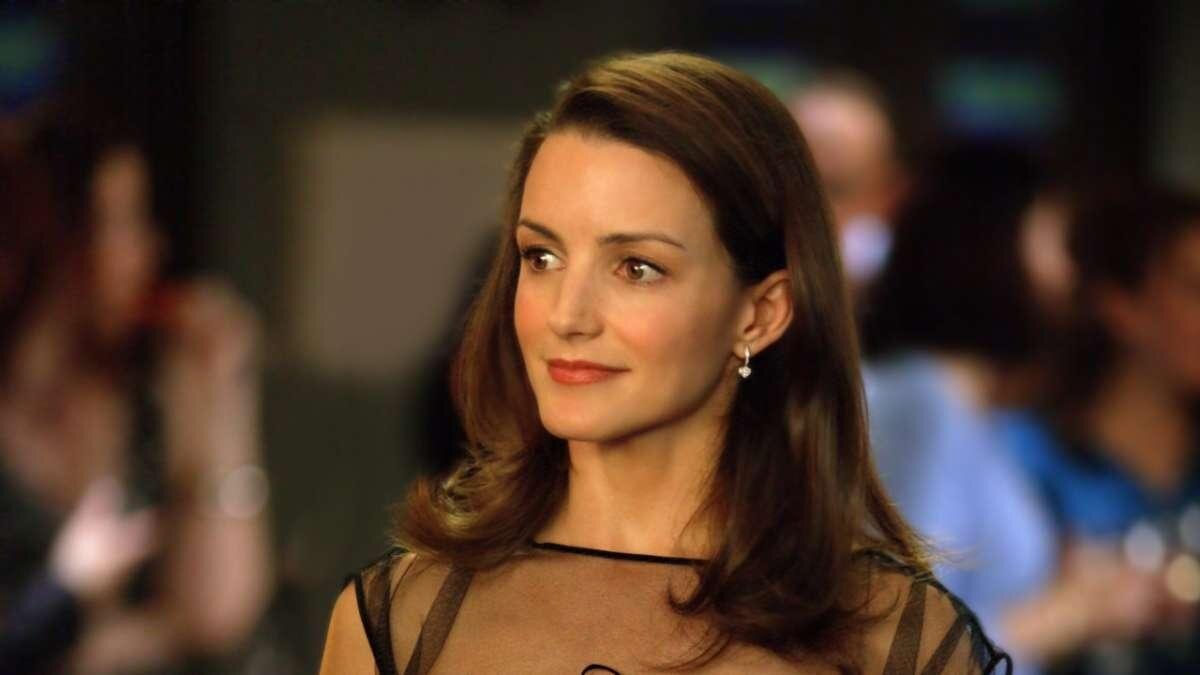“They say that most New Yorkers will attend the opening of an envelope as long as the champagne doesn’t run dry.” These are Carrie Bradshaw’s opening words of Sex and the City’s Season 1, Episode 6. Aired in 1998, the episode centers around an opening at Louis K. Meisel Gallery in Manhattan’s SoHo neighborhood, where the character Charlotte York worked.
Sex and the City took the world by storm as millions tuned in to watch with envy the fabulous lives of four fashion-forward Manhattan women. I was 15 years old and living in rural Maine when the show ended, so my connection to the pop culture phenomenon was tenuous at best. Flash forward to 2014. Sex and the City has been off the air for 10 years and I am the Assistant Director of Louis K. Meisel Gallery—which is to say that I have Charlotte’s job. Like Charlotte, I wore black dresses to work, but at my salary, I wore more GAP than Gucci. On my second day at the gallery, a tour group of pink T-shirt-clad women stopped in front of the entrance. On the other side of the glass door, the guide talked about the gallery as the one where Charlotte worked in Sex and the City’s first season. Pointing at me, he chuckled and said, “So I guess that makes her the new Charlotte.”
Louis K. Meisel Gallery opened in SoHo in 1973. Although the gallery has a prestigious history as the pioneer of the Photorealist movement, for most people the name is synonymous with Charlotte, Samantha, Carrie, and Miranda. During the three years that I worked at the gallery, I would answer questions about the show’s filming on a near-daily basis. Those most interested in visiting “Charlotte’s gallery” (as they called it) were tourists from Australia and East Asia, where reruns had recently aired. This renewed interest in the show—and by extension the gallery—resulted in bizarre conversations with fans about Charlotte and no mention of the art on the walls.
Charlotte York is a fictional character and yet her lifestyle and the job that funded it were thought by many to be representative of the average New York City gallery employee. My time there was not filled with champagne, luxury travel, and a salary that afforded me a Park Avenue apartment. I realized they were looking not for art, but for something that existed only in their televisions.
During the show’s run, SoHo was a major gallery district. But like much of New York, the neighborhood has changed, and fans are surprised to find that these days SoHo is predominantly an outdoor shopping mall with more apparel than fine art. Sex and the City was revolutionary in part because it portrayed New York City in real-time. Filming took place in real-life restaurants, nightclubs, shops, and neighborhood streets. As the city changed, so did the show. Sex and the City influenced the public’s perception of New York’s art scene. But perception has been slow to catch up to reality. A decade after the series finale, those outside of the metropolis are living in syndicated times.
In 2019, it’s harder to get New Yorkers to show up to “the opening of an envelope” as Carrie suggested, regardless of how much champagne is on hand. Most art-seeking New Yorkers have moved on to Chelsea, the Lower East Side, and Williamsburg. As for the artists themselves, the neighborhoods that once provided affordable places to live, create, and exhibit, priced them out long ago. The tour groups with their noses pressed to the door of Louis K. Meisel Gallery with its cast-iron façade and worn floors were looking at a relic. Among the handful of galleries that remain in SoHo, some are excellent (Staley Wise, The Drawing Center) and some cater to tourists (Peter Lik, Martin Lawrence). I cannot speak to their clientele but I wonder if these kinds of pop culture pilgrimages spark a real interest in the arts.
I may have had Charlotte’s job, but I was not her. Many of the neighborhood’s galleries have moved on, as have I. During my time as “the new Charlotte” I was constantly surprised by how many people came through the door wanting me (and, presumably, my successor) to be her—to represent a New York that hasn’t existed in many years if it ever really did at all.
Kat Kiernan is the Editor-in-Chief of Don’t Take Pictures. From 2014-2017 she was the Assistant Director of Louis K. Meisel Gallery in New York City.


